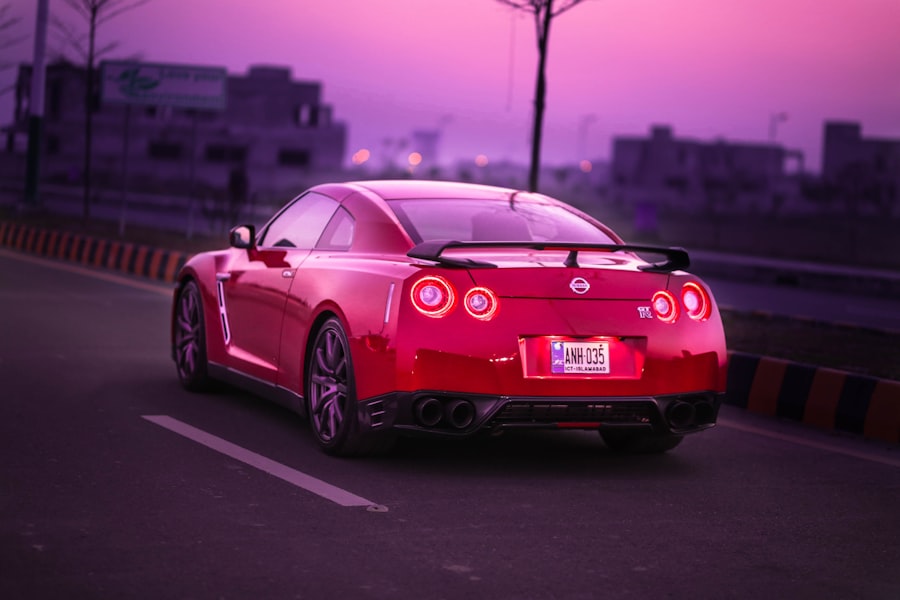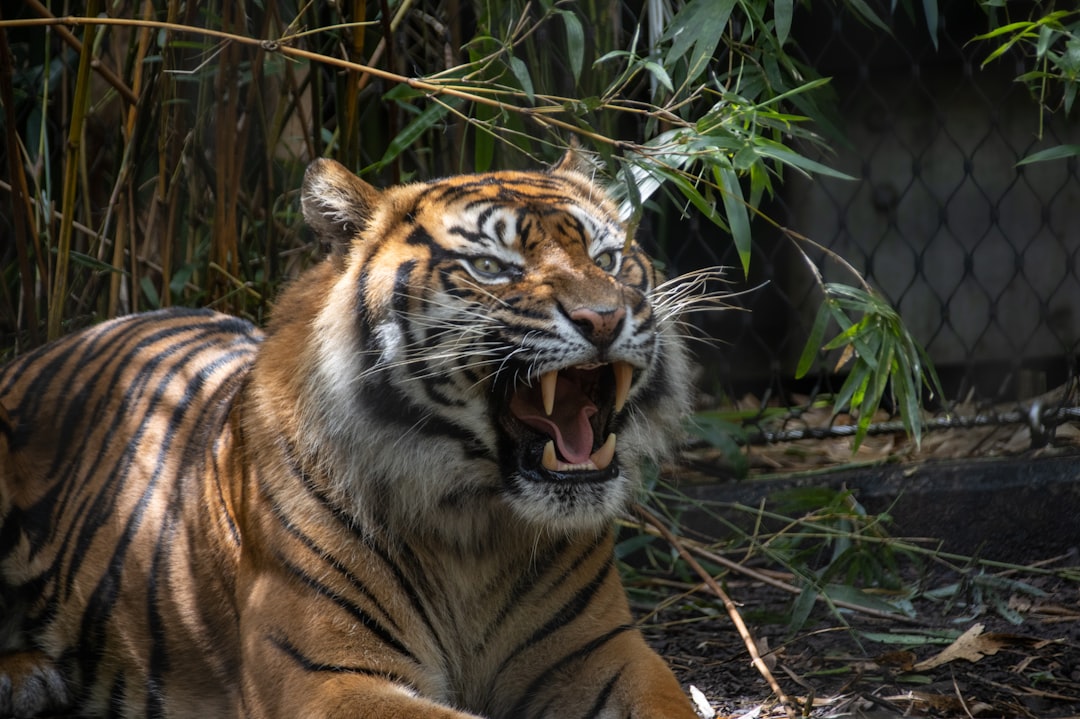The iconic roar of Godzilla has become synonymous with the creature itself, a sound that resonates through the annals of cinematic history. Originating in 1954 with the release of the first Godzilla film, this guttural growl was not merely a sound effect; it was a manifestation of the fears and anxieties of a post-war Japan. The roar was crafted by composer Akira Ifukube, who sought to encapsulate the essence of a creature that represented both destruction and resilience.
By blending various animal sounds, including that of a lion and an elephant, Ifukube created a unique auditory experience that would leave an indelible mark on audiences.
Each subsequent film introduced variations that reflected the changing nature of Godzilla as a character.
From a terrifying force of nature to a more nuanced anti-hero, the roar adapted to convey these shifts. The sound became a symbol of not just Godzilla’s power but also his complexity, allowing audiences to connect with the character on a deeper level. This evolution in sound mirrored societal changes, as Godzilla transitioned from a representation of nuclear devastation to a protector of humanity against other monstrous threats.
Summary
- Godzilla’s iconic roar was first created in 1954 by composer Akira Ifukube using a double bass and a resin-coated leather glove.
- The low-frequency sound and irregular intervals of Godzilla’s roar are designed to evoke fear and anxiety in the audience, mimicking the sound of a large, powerful animal.
- Godzilla’s roar has become a cultural phenomenon, influencing music, art, and even inspiring a form of therapy known as “Godzilla therapy” in Japan.
- Over the years, Godzilla’s roar has evolved in film, adapting to new technologies and sound design techniques to create a more immersive experience for audiences.
- The use of Godzilla’s roar in marketing and merchandise has contributed to the character’s enduring popularity, with the sound becoming synonymous with the brand and instantly recognisable to fans.
The Science Behind Godzilla’s Roar
The Physiological Response
The low frequencies resonate deeply within the human body, triggering primal instincts and feelings of fear or awe. This is why, when you hear that unmistakable growl, it sends shivers down your spine and stirs something deep within you.
The Craft of Sound Design
Sound engineers have studied the impact of various frequencies and tones to create an auditory experience that is both terrifying and captivating. The roar’s layered composition combines elements of growls, roars, and even mechanical sounds, resulting in a complex audio tapestry.
A Lasting Impact
This intricate design ensures that Godzilla’s roar is not only memorable but also impactful, leaving an imprint on your psyche long after the film has ended. The science behind it is as much about emotional resonance as it is about technical prowess, making it a remarkable example of how sound can shape storytelling.
The Impact of Godzilla’s Roar on Pop Culture

Godzilla’s roar has transcended the boundaries of film to become a cultural phenomenon. It has permeated various aspects of popular culture, from music to video games, and has been referenced in countless parodies and tributes. When you hear that iconic sound, it instantly conjures images of the towering monster wreaking havoc on cities, solidifying its place in the collective consciousness.
This cultural significance is not merely due to its association with the films but also because it encapsulates a broader commentary on humanity’s relationship with nature and technology. Moreover, the roar has inspired generations of filmmakers and sound designers. Its influence can be seen in various monster films and media, where creators strive to replicate or pay homage to that powerful sound.
The roar serves as a benchmark for what audiences expect from cinematic monsters, setting a standard that many have tried to meet or exceed. In this way, Godzilla’s roar has not only shaped the character itself but has also influenced the entire genre of monster movies, making it an enduring symbol of cinematic creativity.
The Evolution of Godzilla’s Roar in Film
| Film | Year | Roar Description |
|---|---|---|
| Godzilla | 1954 | Deep, menacing roar with a low pitch |
| Godzilla Raids Again | 1955 | Similar to the first film but with added echo effects |
| King Kong vs. Godzilla | 1962 | Higher pitched roar with added animalistic sounds |
| Godzilla vs. Mechagodzilla | 1974 | Electronic enhancements added to the roar |
| Godzilla: Final Wars | 2004 | Modernized roar with added digital effects |
As Godzilla has evolved over the decades, so too has his roar. In the early films, the roar was raw and primal, reflecting the creature’s status as an unstoppable force of nature.
The introduction of new technology allowed for more sophisticated sound design, resulting in roars that were richer and more layered than ever before. In recent films, such as “Godzilla: King of the Monsters,” the roar has been reimagined yet again, incorporating modern sound design techniques while still paying homage to its roots. This evolution showcases not only advancements in technology but also shifts in audience expectations.
You may notice that contemporary audiences crave a more immersive experience, one that engages them on multiple sensory levels. As such, Godzilla’s roar has become more than just a sound; it is an integral part of the storytelling process, enhancing the emotional weight of each scene.
The Psychological Effect of Godzilla’s Roar on Audiences
The psychological impact of Godzilla’s roar cannot be understated. When you hear that deep, resonant growl, it triggers a visceral response that taps into your primal fears. This reaction is rooted in our evolutionary history; low-frequency sounds are often associated with danger or threats in nature.
As such, Godzilla’s roar serves as an auditory cue that elicits feelings of anxiety and excitement simultaneously. Moreover, this psychological effect extends beyond mere fear. The roar can evoke feelings of nostalgia for long-time fans who have grown up with the franchise.
It serves as a reminder of childhood fears and thrills, creating a complex emotional landscape that enriches your viewing experience. This duality—fear intertwined with nostalgia—ensures that Godzilla’s roar remains impactful across generations, allowing you to connect with both the character and its legacy on a profound level.
The Use of Godzilla’s Roar in Marketing and Merchandise

In addition to its cinematic significance, Godzilla’s roar has been effectively utilised in marketing and merchandise strategies. The sound serves as an instant recognisable brand identifier for the franchise, making it an invaluable asset for promotional campaigns. When you hear that iconic growl in trailers or advertisements, it immediately captures your attention and evokes curiosity about upcoming films or merchandise.
Merchandising has also capitalised on this auditory branding. From action figures to video games, products often incorporate Godzilla’s roar to enhance their appeal. This strategic use of sound not only reinforces brand identity but also creates an immersive experience for consumers.
When you engage with these products and hear that familiar roar, it transports you back into the world of Godzilla, deepening your connection to the franchise and encouraging further exploration.
The Influence of Godzilla’s Roar on Other Media
Godzilla’s roar has left an indelible mark on various forms of media beyond film. In television shows, video games, and even music, creators have drawn inspiration from this iconic sound to craft their own monstrous characters or moments of tension. You may find echoes of Godzilla’s growl in other monster films or series where filmmakers aim to evoke similar feelings of dread or excitement.
Moreover, parodies and tributes often incorporate Godzilla’s roar as a nod to its cultural significance. Whether it’s a comedic take on monster movies or an homage in an animated series, this sound serves as a universal language that connects audiences across different genres and formats. Its influence is so pervasive that it has become a shorthand for monstrous power and chaos, allowing creators to tap into its legacy while crafting their own narratives.
The Future of Godzilla’s Roar in Film and Entertainment
Looking ahead, the future of Godzilla’s roar in film and entertainment appears promising yet uncertain. As technology continues to advance, there are endless possibilities for how this iconic sound can be reimagined or enhanced. You might witness innovations in sound design that push the boundaries of what we perceive as possible, creating an even more immersive experience for audiences.
Furthermore, as societal concerns evolve—be it climate change or technological advancements—the themes associated with Godzilla may shift as well. This could lead to new interpretations of his roar that reflect contemporary anxieties or hopes for the future. As filmmakers continue to explore these themes, you can expect Godzilla’s roar to remain a powerful tool for storytelling, resonating with audiences in ways that are both familiar and fresh.
In conclusion, Godzilla’s roar is more than just an iconic sound; it is a multifaceted element that has shaped not only the character but also the broader landscape of film and popular culture. From its historical roots to its psychological impact and future potential, this growl encapsulates the essence of what makes Godzilla such an enduring figure in entertainment history. As you continue to engage with this legendary franchise, remember that each roar carries with it decades of evolution and significance—an auditory testament to humanity’s complex relationship with nature and technology.
In a recent article on kaiju.news, the debate over who is more powerful between Godzilla and King Ghidorah is explored in depth. Fans of the iconic monsters have long debated which of the two would come out on top in a battle of epic proportions. The article delves into the strengths and weaknesses of each creature, providing a comprehensive analysis of their abilities and characteristics. It’s a must-read for any kaiju enthusiast looking to settle the age-old question of Godzilla vs. King Ghidorah.
FAQs
What is Godzilla?
Godzilla is a fictional giant monster or kaiju that first appeared in the 1954 Japanese film “Godzilla.” It has since become a pop culture icon and has appeared in numerous films, TV shows, and other media.
What is Godzilla’s signature scream?
Godzilla’s signature scream is a distinctive and iconic roar that has become synonymous with the character. It is a deep, powerful, and menacing sound that is often used to signify Godzilla’s presence and power.
How is Godzilla’s scream created?
The original Godzilla roar was created by composer Akira Ifukube using a double bass and a resin-coated leather glove rubbed along the strings. Over the years, the roar has been modified and updated for different iterations of the character.
Why is Godzilla’s scream so iconic?
Godzilla’s scream is iconic because it is instantly recognizable and has become a defining characteristic of the character. It adds to the sense of awe and terror that Godzilla evokes and has become a key part of the character’s identity.
Has Godzilla’s scream changed over the years?
Yes, Godzilla’s scream has evolved and been updated over the years to reflect changes in technology and filmmaking techniques. Different iterations of the character have featured variations of the iconic roar.
